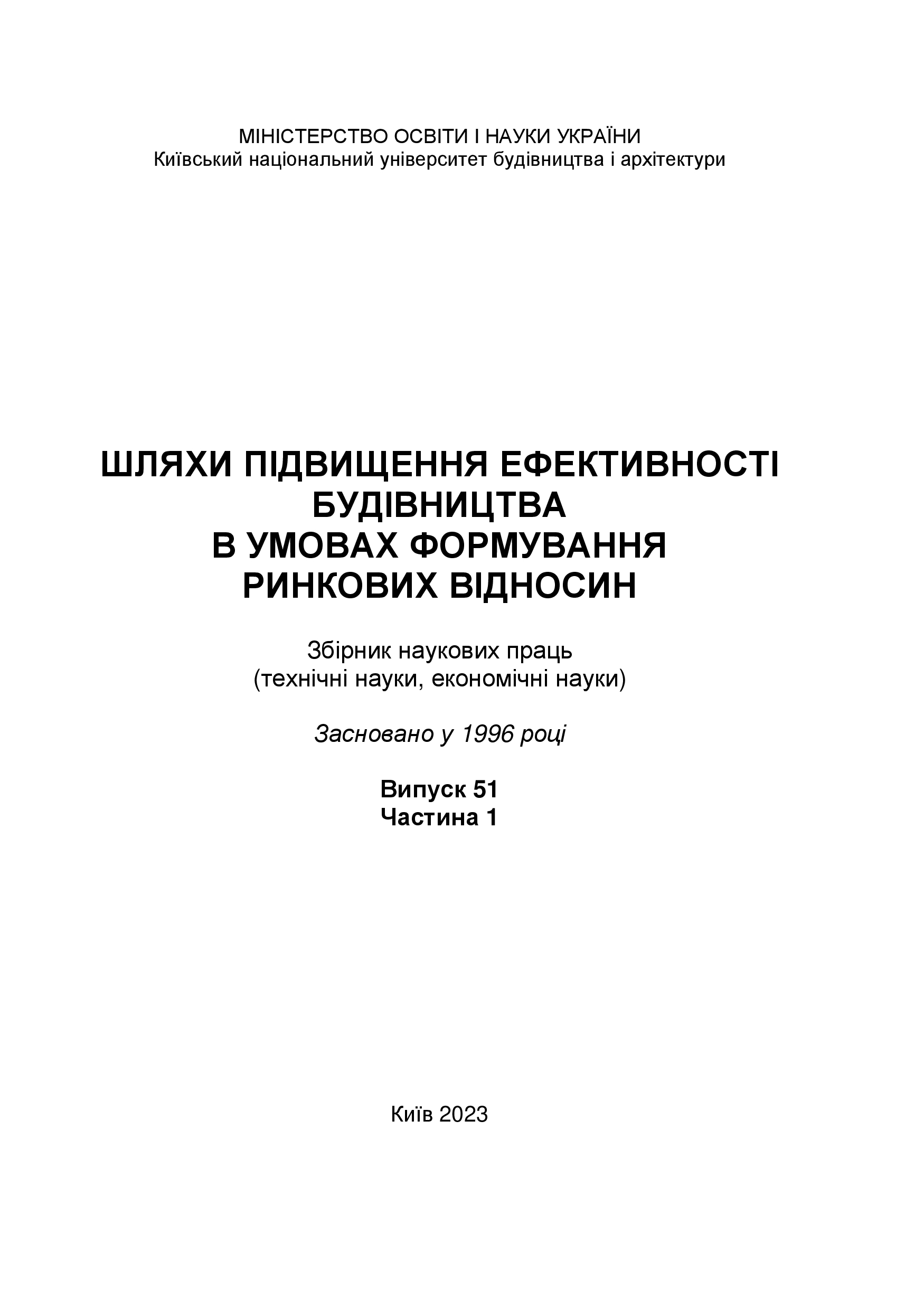BOQ and BOM in the road management of Ukraine
DOI:
https://doi.org/10.32347/2707-501x.2023.51(1).143-151Keywords:
road industry, project documentation, BOQ, BOM, BIM, ERP, pricing, digital environment, digitalization, construction cost, project cost, estimate, costing, scope of work, cost of materials, cost of work, business processes, procurement plannin, cost items, object life cycle, value engineering, budgeting, procurement, cost monitoringAbstract
The article highlights theoretical and practical approaches to the use of BOQ and BOM forms in the road industry of Ukraine. Both BOQ and BOM are used to determine the quantity and specification of materials. A BOQ is specific to construction projects and focuses on estimating costs, while a BOM specification is also used in manufacturing and focuses on specifying the materials and components required for construction. Understanding the road industry's pricing system and transitioning to the use of a Bill of Quantities (BOQ) and Bill of Materials (BOM) is vital to effective project management in both the construction and manufacturing sectors. While the BOQ mainly focuses on the quantification and costing of materials and labor, the BOM emphasizes the components required to produce the building materials as a product. BOQs focus on items, measurements, quantities, pricing, and cost breakdowns specific to construction projects, while BOMs emphasize components, specifications, descriptions, and hierarchical organization related to the production of road materials and the manufacturing environment. By using these two vital documents, you can streamline the business processes of project planning, procurement, and execution, leading to increased efficiency and successful project outcomes.
By integrating BOM and BOQ into a single digital environment with financial ERP tools, businesses can gain real-time insight into project costs. It helps in budgeting, forecasting and ensuring the financial viability of the project and making operational changes to the 4d-5d BIM model. BIM can improve the accuracy and efficiency of both Bill of Quantities (BOQ) and Bill of Materials (BOM) by providing a more detailed and comprehensive set of data, providing a detailed and accurate representation of the project. BIM can also help identify potential clashes or conflicts between different components that can be resolved before construction begins. In addition, BIM can facilitate collaboration between the various stakeholders involved in a project.
References
Методика визначення вартості дорожніх робіт та послуг щодо визначення вартості нового будівництва, реконструкції, ремонтів та експлуатаційного утримання автомобільних доріг загального користування. Наказ від 07.10.2022 № 753 http://surl.li/ntpnc
Гойко А.Ф. Методичні питання оцінки ефективності роботи будівельного підприємства. Шляхи підвищення ефективності будівництва в умовах формування ринкових відносин, 2022. №49(1), С. 148–156.
Bielienkova O. et al. Improving the organization and financing of construction project by means of digitalization. International Journal of Emerging Technology Advanced Engineering. 2022. Т. 12. №. 8. С. 108-115.
Стеценко С. П., Ільїна Т. А. Ієрархічна модель оцінювання інфраструктурних ризиків підприємницької діяльності у будівництві. Наукові праці НДФІ. 2019. Вип. 1. С. 74-84.
Боліла Н.В. Функціонально-операційна трансформація систем управління будівельним підприємством на ґрунті Cals-технологій. Управління розвитком складних систем. 2019. № 40. С. 156 – 159.
Honcharenko, T., Chupryna, Y., Ivakhnenko I., Tsyfra, T., Zinchenco, M. Reengineering of the Construction Companies Based on BIM-technology. International Journal of Emerging Trends in Engineering Research, 2020, V 8. №8http://www.warse.org/IJETER/static/pdf/file/ijeter22882020.pdf
Шумак Л.В., Локтіонова Я.Ф. Aналіз системи ціноутворення на проектні розарубіжних країн. Будівельне виробництво. 2021. №71. С.54-62.
Bibyk Y. (2021) Average operating cost of road machinery and mechanisms. Technical equipment problems of state road enterprises. International journal of innovative technologies in economy, № 3(35). P. 1–9.
Мацапура О. В. Аналіз сучасного стану ринку закупівель у сфері будівництва на прикладі зовнішніх мереж теплопостачання. Будівельне виробництво. 2019. № 66. C. 41-48.
Вахович І. В., Дем’яненко О. О. Фактори, що впливають на вартість інжинірингових послуг в будівництві. Вісник Харківського національного університету імені В. Н. Каразіна. 2020. № 98. С. 97-107.
Міхельс В.О., Гриценко Ю.О. Принципи і методи формування нормативів укрупнених показників кошторисної вартості об’єктів реконструкції. Економіка та держава. 2006. 7 С. 49 – 52.
Безуглий А. О. Методичні аспекти системи моніторингу цін на дорожньо-будівельні матеріали. Дороги і мости, 2018. (18), С. 5-14.
Безуглий, А. О., Бельська, О. Л., Бібик, Ю. М., Ракович, І. В. Нормативне забезпечення запровадження довгострокових контрактів на експлуатаційне утримання автомобільних доріг для забезпечення їх експлуатаційного стану. Дороги і мости, 2020. С. 8-19.
Безуглий, А. О., Бібик, Ю. М., Гресько, І. Л. (2016). Особливості визначення коштів на покриття ризиків при розрахунку вартості дорожніх робіт. Дороги і мости, 2016. (16), С. 100-104.
Downloads
Published
How to Cite
Issue
Section
License

This work is licensed under a Creative Commons Attribution 4.0 International License.
Authors who publish with this journal agree to the following terms:
- Authors retain copyright and grant the journal right of first publication with the work simultaneously licensed under a Creative Commons Attribution License that allows others to share the work with an acknowledgement of the work's authorship and initial publication in this journal.
- Authors are able to enter into separate, additional contractual arrangements for the non-exclusive distribution of the journal's published version of the work (e.g., post it to an institutional repository or publish it in a book), with an acknowledgement of its initial publication in this journal.
- Authors are permitted and encouraged to post their work online (e.g., in institutional repositories or on their website) prior to and during the submission process, as it can lead to productive exchanges, as well as earlier and greater citation of published work (See The Effect of Open Access).

